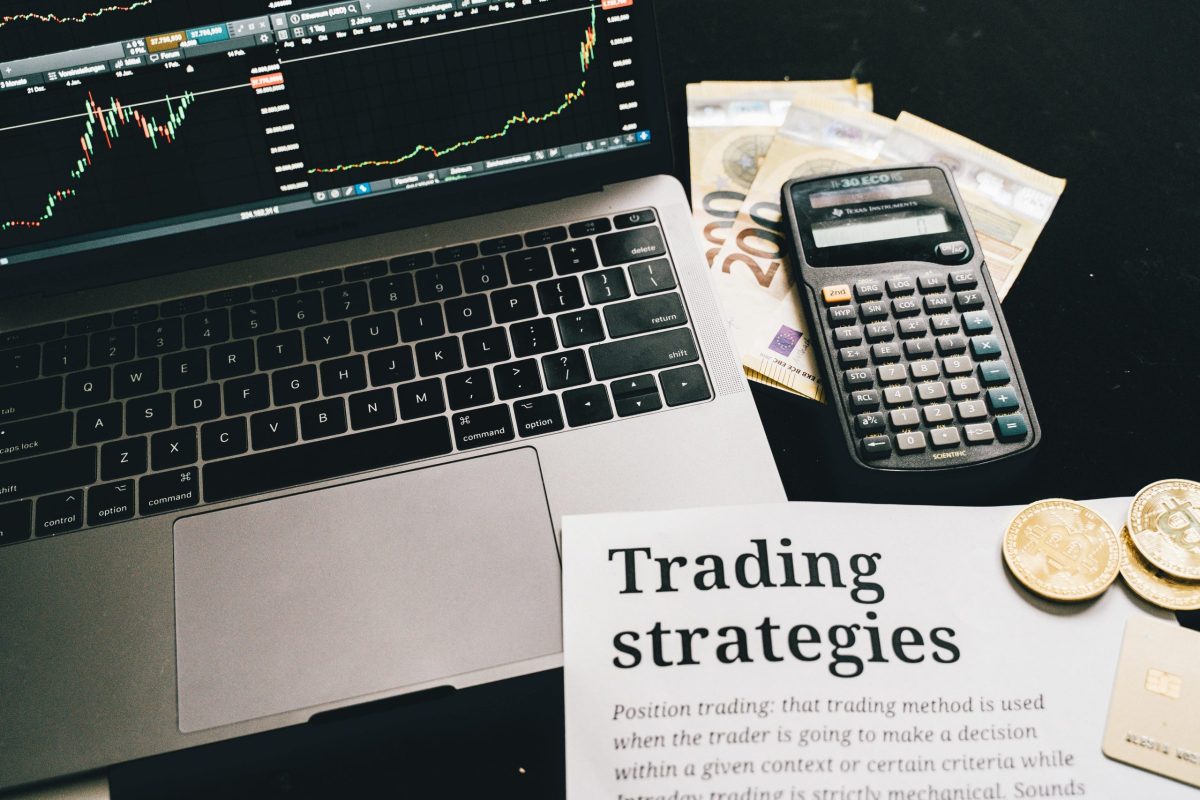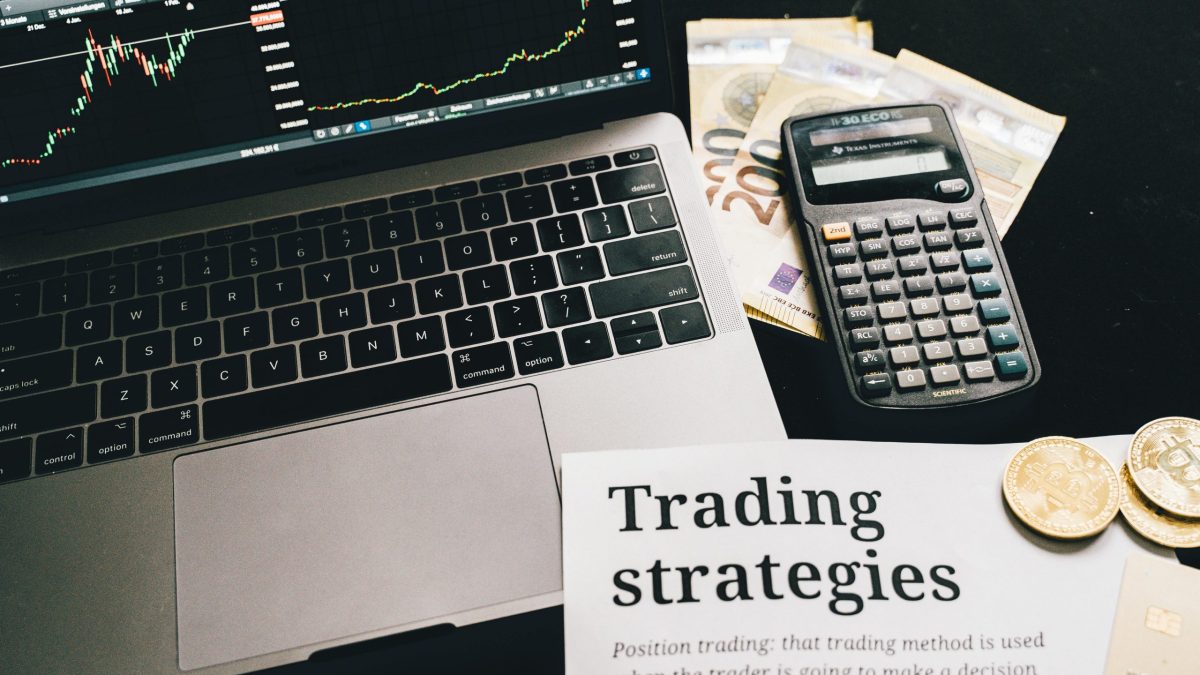Introduction to Margin Trading

Margin trading stands as a powerful tool in the arsenal of seasoned investors, offering the potential to amplify gains by borrowing funds to purchase stocks or other financial instruments. This approach allows traders to leverage larger positions than their current capital would permit, aiming to magnify returns on investment. However, it’s crucial to understand that with increased potential rewards come heightened risks. Margin trading can also amplify losses, making it essential for investors to approach with caution and a well-thought-out strategy.
Understanding Margin Trading
At its core, margin trading involves borrowing money from a broker to invest in financial markets. This borrowed capital then acts as leverage, enabling investors to access greater sums of money for investment than they currently possess. It’s a technique that can lead to significant profits if the market moves in your favour. Yet, it’s imperative to remember that losses can exceed your initial investment, highlighting the importance of risk management and a deep understanding of market dynamics. Engaging in margin trading without a solid grasp of its mechanisms can be akin to sailing in stormy seas without a compass.
As we delve deeper into the benefits and risks of margin trading, it’s essential to keep in mind that knowledge and caution are your best allies. With the right approach, margin trading can be a valuable addition to your investment strategy, offering the potential for enhanced returns. However, the path to success requires a keen understanding of the market, a disciplined approach, and an unwavering commitment to risk management.
The Role of Leverage in Margin Trading

Leverage is the linchpin of margin trading, a double-edged sword that can carve out substantial profits or inflict significant losses. By borrowing funds from a broker, investors can punch above their weight, taking on larger positions in the market than their capital alone would allow. This mechanism magnifies the potential for gains, making it an attractive strategy for those looking to accelerate their investment growth. However, it’s crucial to tread carefully. Leverage also amplifies losses, meaning a market move against your position can quickly erode your capital, and in some cases, leave you owing more than your initial investment. The key to harnessing the power of leverage effectively lies in a disciplined approach to risk management. By understanding the market dynamics and employing strategic stops and limits, investors can navigate the turbulent waters of margin trading with confidence. Embracing leverage within margin trading demands respect for its potential to both build and diminish fortunes, making it a pivotal concept for any investor to master.
- Amplifies potential gains – Leverage allows for significant profit opportunities from relatively small market movements.
- Increases risk – Just as gains can be magnified, so too can losses, sometimes exceeding the initial investment.
- Demands disciplined risk management – Successful leverage use requires a solid understanding of market trends and strategic planning.
Regulatory Framework in Australia

In Australia, the regulatory framework governing margin trading is robust, designed to protect investors while fostering a fair and transparent market. The Australian Securities and Investments Commission (ASIC) plays a pivotal role, setting stringent guidelines for brokers and ensuring they adhere to high standards of conduct. This regulatory environment ensures that when investors engage in margin trading, they do so with a safety net that is uniquely Australian. The rules around leverage, for instance, are clear-cut, requiring brokers to implement risk management practices that safeguard both the investor and the integrity of the market. It’s a system that balances opportunity with oversight, allowing investors to explore the benefits of leverage while being shielded from its most severe pitfalls.
- Protects investors – ASIC’s regulations ensure a safe trading environment, minimizing the risk of unfair practices.
- Ensures transparency – Clear guidelines and reporting requirements promote an open market.
- Encourages responsible trading – Mandatory risk management practices help investors and brokers navigate the complexities of leverage.
Regulatory Framework in Australia
In the realm of margin trading, the Australian Securities and Investments Commission (ASIC) stands as a guardian, ensuring that the scales of risk and opportunity remain balanced. With a keen eye on market integrity, ASIC enforces regulations that serve as a bulwark against the tempests of high-risk investment strategies. These rules are not just hoops to jump through; they are the very foundation that supports a transparent, fair, and secure trading environment. By mandating brokers to adhere to rigorous standards of conduct and implement robust risk management practices, ASIC safeguards investors from the sharp edges of leverage. This regulatory framework is a testament to a commitment to protect market participants and maintain the vibrancy of Australia’s financial markets. It’s a system that not only encourages responsible trading but also instills confidence in investors, allowing them to navigate the complexities of margin trading with a greater sense of security.
- Protects investors – By enforcing strict guidelines, ASIC minimizes the risks associated with unfair practices.
- Ensures transparency – Clear regulations and reporting obligations foster an open and honest market.
- Encourages responsible trading – Through mandatory risk management protocols, investors and brokers are better equipped to manage the intricacies of leverage.
Benefits of Margin Trading: Enhanced Buying Power

One of the most compelling advantages of margin trading is the enhanced buying power it offers to investors. By borrowing funds from a broker, traders can significantly increase the size of their positions, opening the door to potentially higher profits from market movements. This increased leverage means that even small price changes can lead to substantial gains, making it an attractive proposition for those looking to accelerate their investment growth. However, it’s essential to approach this power with a disciplined strategy, as the flip side is that losses can also be magnified. The key to success lies in a balanced approach, leveraging the increased buying power wisely while maintaining a vigilant eye on market trends and risk management techniques.
- Amplifies potential gains – The ability to control a larger position with a relatively small amount of capital can lead to significant profits.
- Requires disciplined risk management – With great power comes great responsibility; effective use of leverage demands a solid understanding of market dynamics and a strategic approach to risk.
- Offers opportunities for diversification – Enhanced buying power allows investors to spread their capital across a wider range of investments, potentially reducing risk through diversification.
Benefits of Margin Trading: Enhanced Buying Power
Margin trading significantly boosts buying power, allowing investors to punch well above their weight. By borrowing funds from a broker, you can control larger positions in the market than your capital alone would permit. This enhanced buying power is the cornerstone of margin trading, offering the tantalising prospect of amplified returns. Imagine, for a moment, leveraging a position that could potentially turn a modest market movement into a substantial gain. The beauty of this approach lies in its simplicity and the sheer potential it unlocks. However, it’s essential to navigate these waters with caution. The same mechanism that magnifies profits can also escalate losses. A disciplined, strategic approach to risk management becomes your most trusted ally, enabling you to harness the power of increased buying power while safeguarding your investment against the volatility of the markets.
- Empowers investors – By enabling control over larger market positions.
- Maximises potential returns – Small market movements can lead to significant gains.
- Requires careful risk management – To protect against the amplified potential for loss.
Benefits of Margin Trading: Enhanced Buying Power
Margin trading significantly boosts buying power, allowing investors to punch well above their weight. By borrowing funds from a broker, you can control larger positions in the market than your capital alone would permit. This enhanced buying power is the cornerstone of margin trading, offering the tantalising prospect of amplified returns. Imagine, for a moment, leveraging a position that could potentially turn a modest market movement into a substantial gain. The beauty of this approach lies in its simplicity and the sheer potential it unlocks. However, it’s essential to navigate these waters with caution. The same mechanism that magnifies profits can also escalate losses. A disciplined, strategic approach to risk management becomes your most trusted ally, enabling you to harness the power of increased buying power while safeguarding your investment against the volatility of the markets.
- Empowers investors – By enabling control over larger market positions.
- Maximises potential returns – Small market movements can lead to significant gains.
- Requires careful risk management – To protect against the amplified potential for loss.
Flexibility in Investment Strategies

The allure of margin trading not only lies in its ability to amplify potential returns but also in the flexibility it offers investors in crafting their investment strategies. This flexibility is a game-changer, enabling savvy investors to adapt swiftly to market conditions, capitalise on short-term opportunities, and even hedge against potential downturns. Flexibility is key in the fast-paced world of investing, where market dynamics can shift rapidly, presenting both risks and opportunities.
Imagine the ability to pivot your strategy, almost on a dime, to take advantage of emerging trends or to protect your portfolio from unexpected volatility. Margin trading facilitates this agility, offering investors a powerful tool to enhance their market position. However, this flexibility comes with a caveat: it demands a deep understanding of market mechanisms and a disciplined approach to risk management. The potential for amplified returns can be enticing, but it’s essential to remember that losses, too, can be magnified.
Successful investors leverage the flexibility of margin trading to diversify their portfolios, spreading risk across a variety of assets. This strategic diversification can mitigate potential losses, making it a prudent approach to margin trading. Diversification, combined with the enhanced buying power margin trading provides, allows investors to construct a robust investment portfolio, poised to capitalise on opportunities while managing the inherent risks of leverage.
In conclusion, the flexibility margin trading offers is a double-edged sword. It can significantly amplify returns and provide the agility needed to navigate complex market landscapes. Yet, it requires a disciplined, strategic approach, underpinned by a solid understanding of the markets and a commitment to rigorous risk management. With these elements in place, investors can harness the full potential of margin trading, turning flexibility and amplified buying power into a strategic advantage.
In Closing
Margin trading magnifies both gains and risks. This strategy demands disciplined risk management and a deep market understanding. By leveraging borrowed funds, investors unlock enhanced buying power and flexibility, allowing for strategic portfolio diversification and potential wealth accumulation. However, success hinges on a balanced approach to leveraging and risk. Embrace the opportunities margin trading offers, but proceed with caution and informed strategies to navigate its complexities toward financial growth.

Ayesha Brueckner is your typical 24 year. Carrying a mountain of student debt. Looking at house prices and wondering if buying one will ever be possible. Looking for income solutions outside of a weekly wage. Join her on her investment and wealth research journey.

